In this article, I will be discussing the birds that have a taste for Nyjer seeds, also known as thistle seeds.
Nyjer seeds are highly nutritious and are a popular choice for bird feeders.
If you are curious about which birds enjoy these tiny black seeds, then this article is for you.
Let’s explore 15 different bird species that are known to consume Nyjer seeds, providing you with a better understanding of which feathered friends to attract to your backyard.
| Image | Name |
|---|---|
 | American Goldfinch |
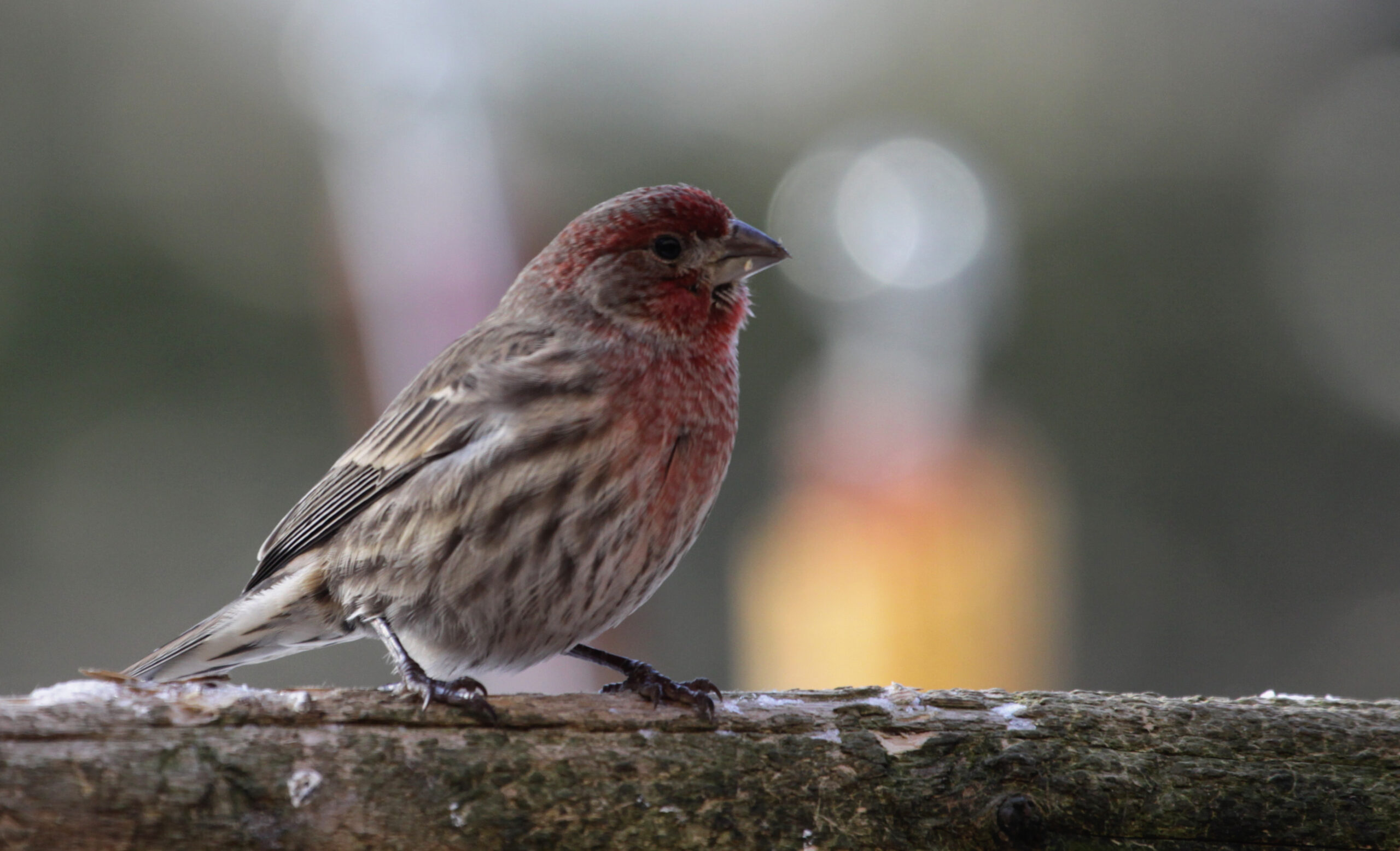 | House Finches |
 | Purple Finch |
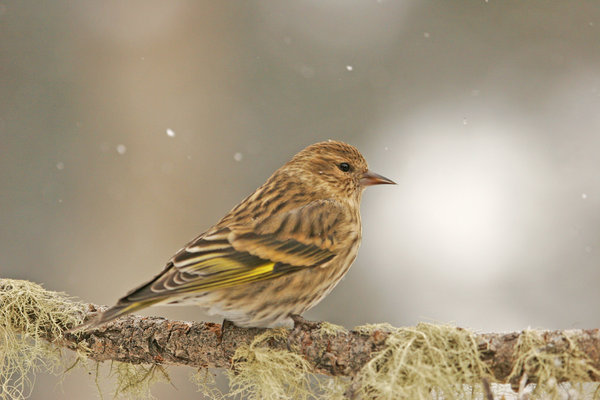 | Pine Siskins |
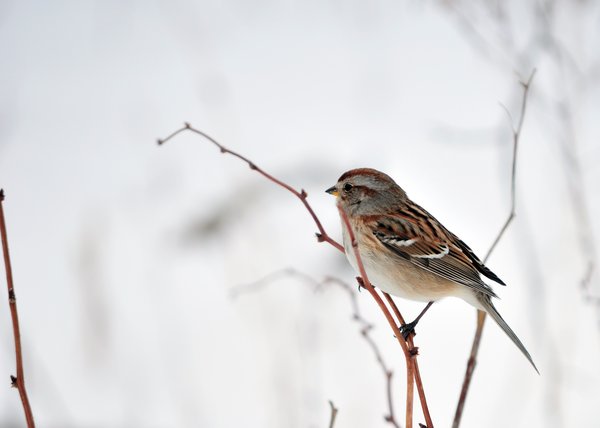 | American Tree Sparrow |
 | Common Redpoll |
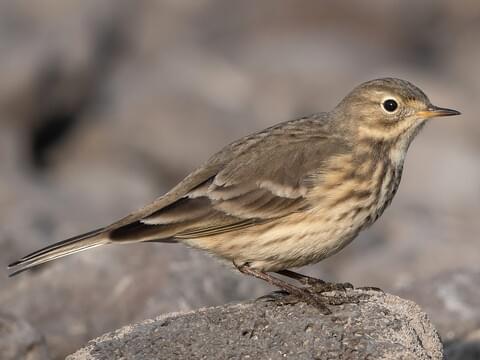 | American Pipit |
 | White-throated Sparrow |
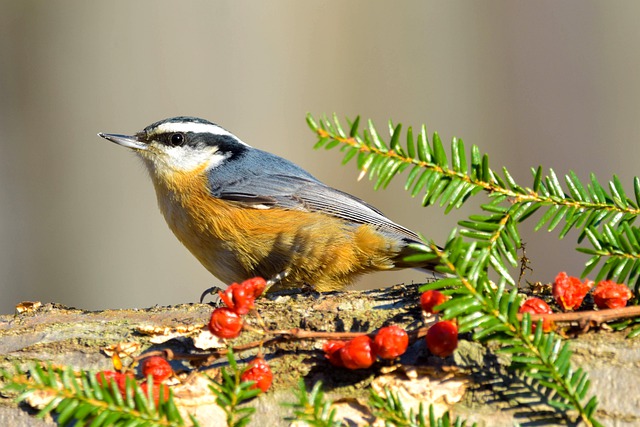 | Red-breasted Nuthatch |
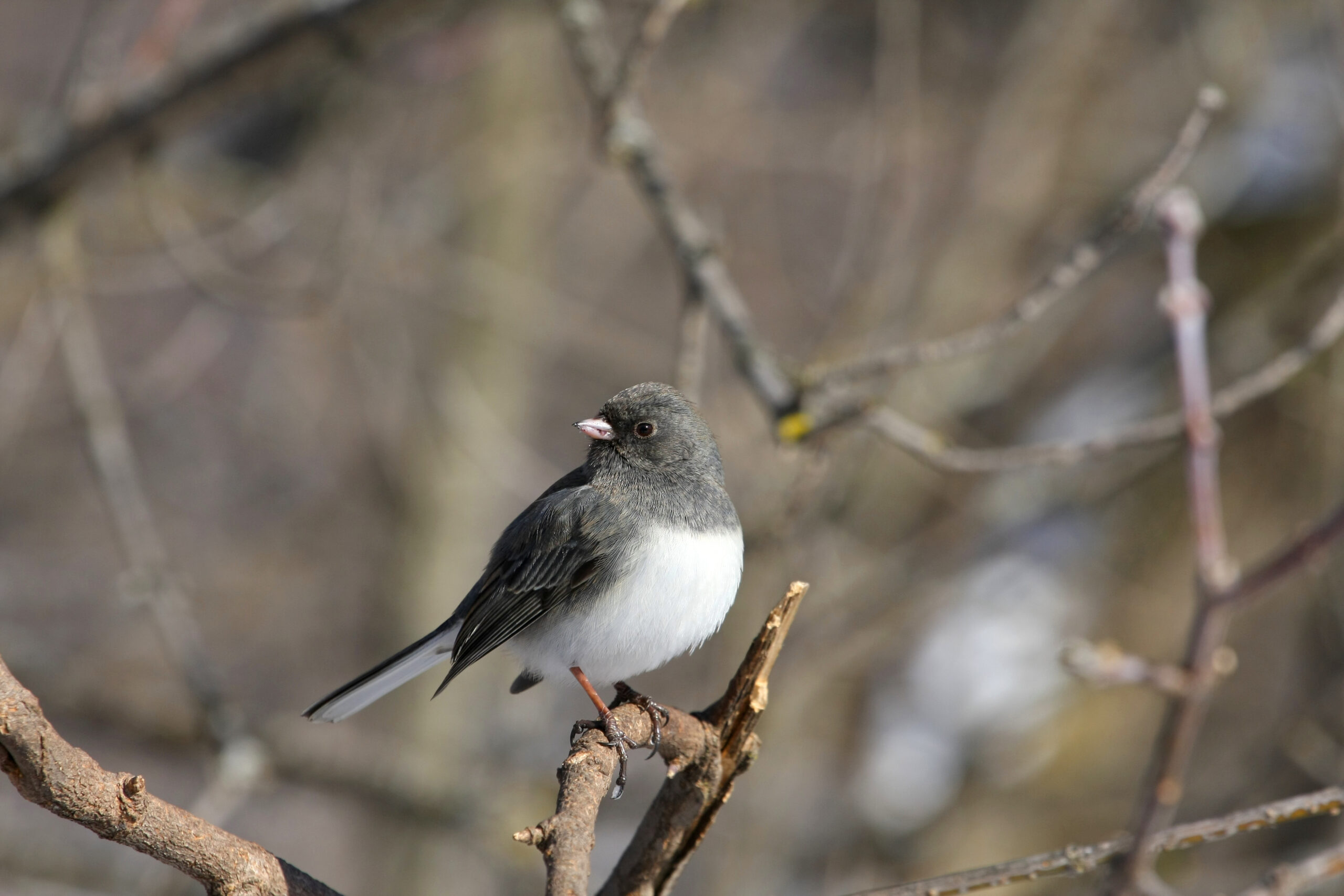 | Dark-eyed Junco |
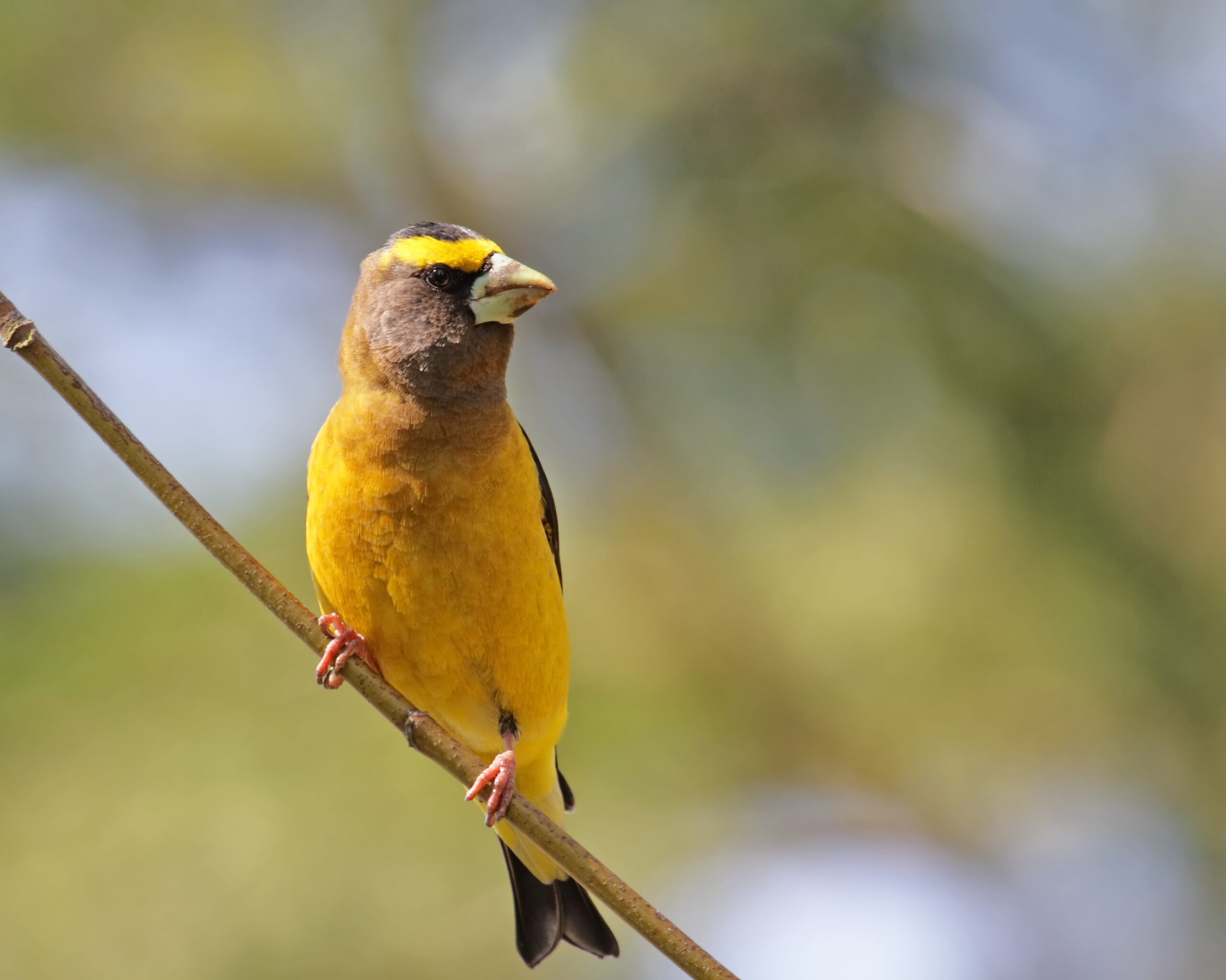 | Evening Grosbeak |
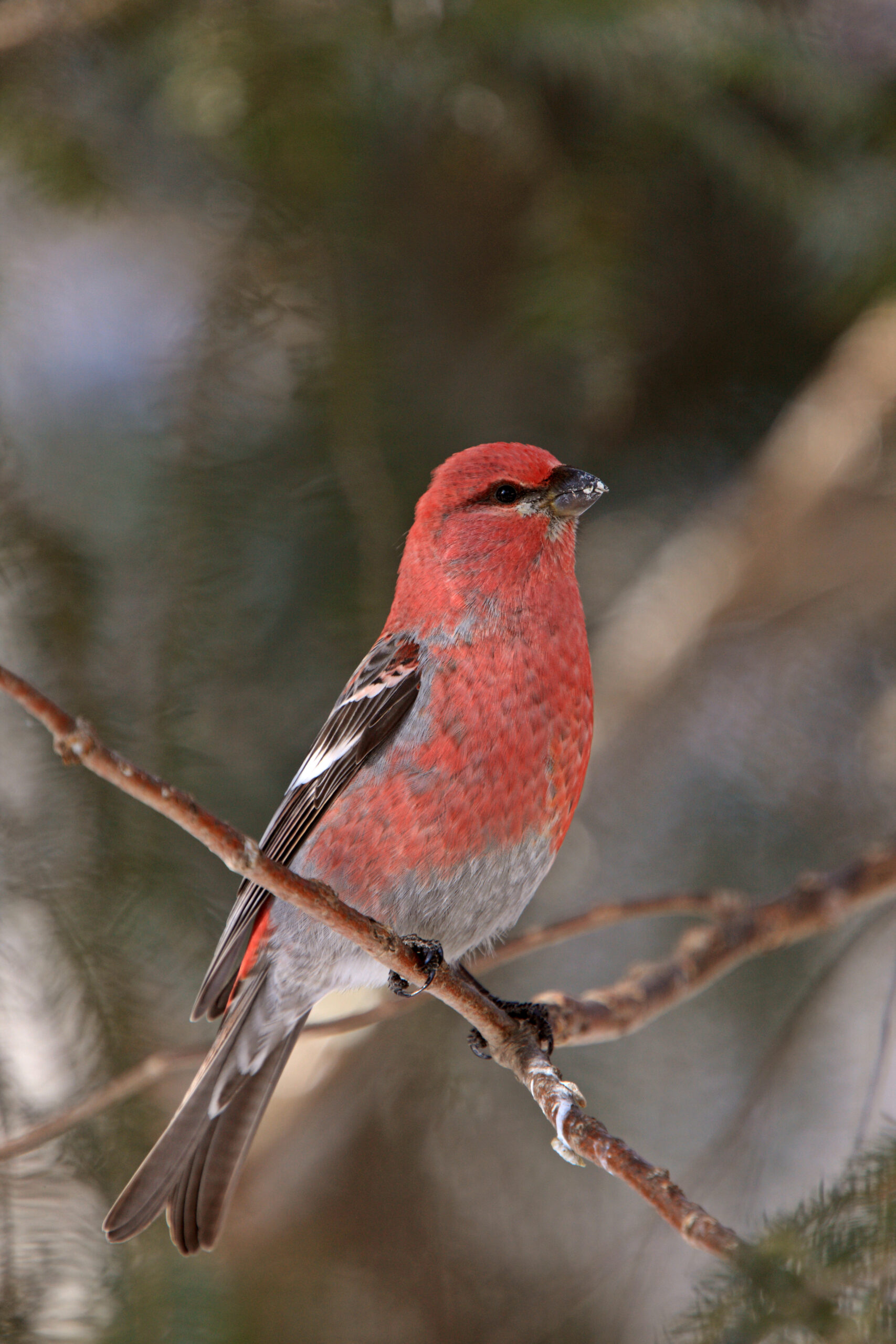 | Pine Grosbeak |
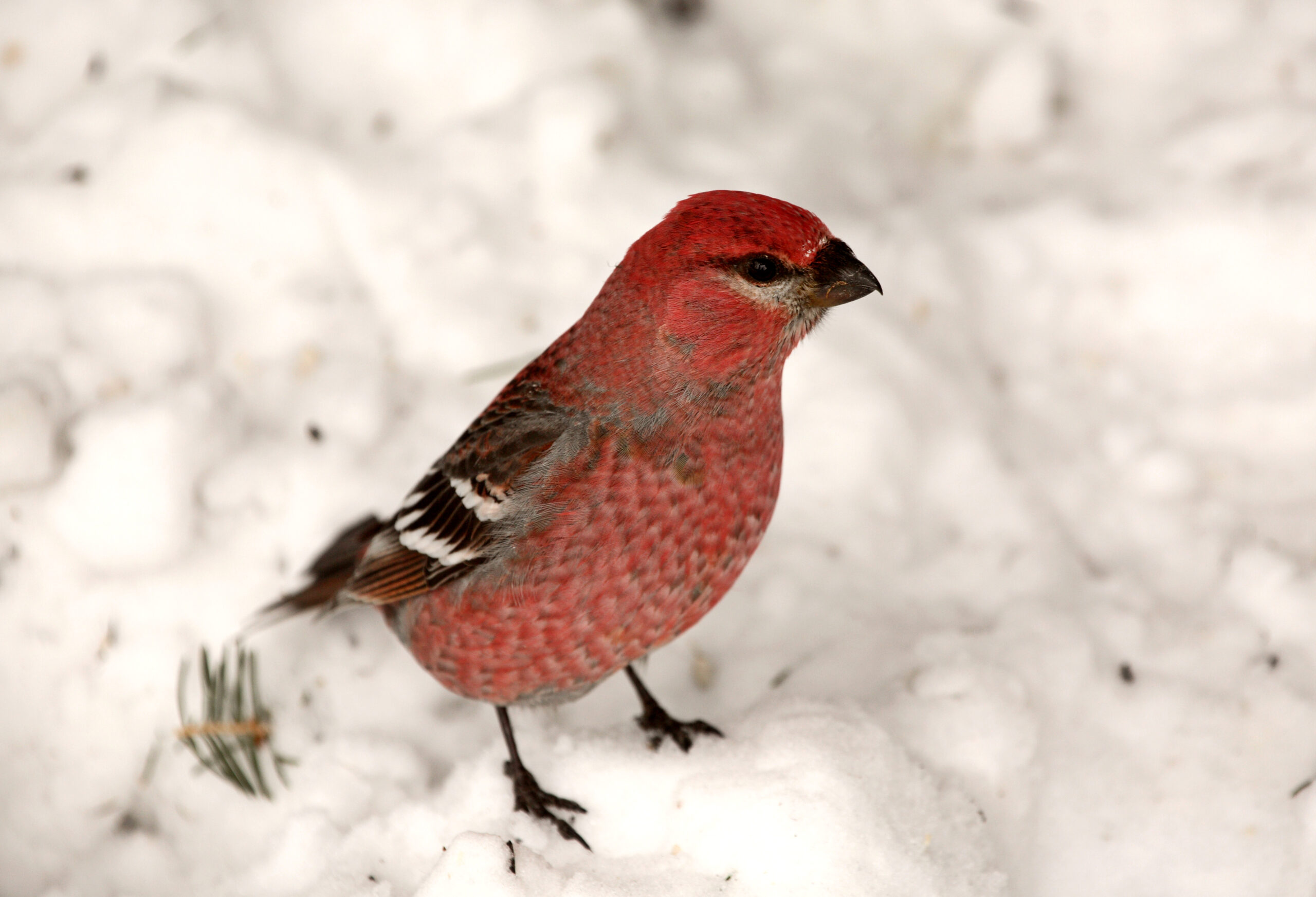 | Red Crossbill |
 | Cassin's Finch |
 | Lapland Longspur |
Birds that Eat Nyjer Seeds are:
1. American Goldfinch
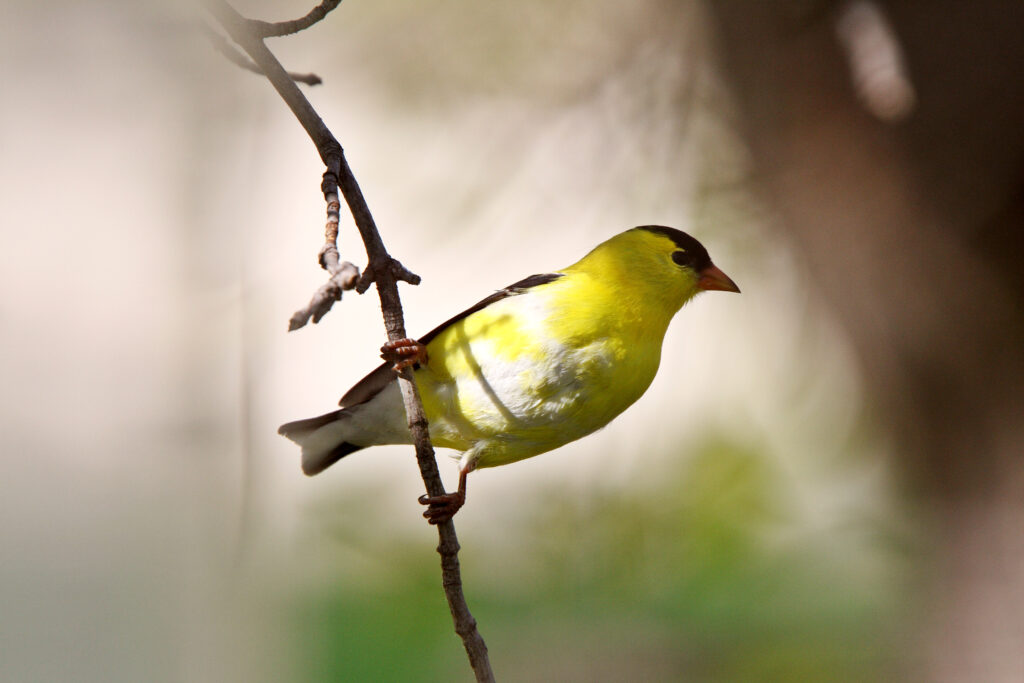
The American Goldfinch, or Spinus tristis, is a tiny, brilliantly colorful songbird native to North America.
It’s a frequent sight in gardens, parks, and fields throughout most of the continent.
The American Goldfinch is a fan favorite among both professional and amateur bird watchers.
Nyjer seeds are a particular favorite of these winged creatures, and they may often be found in abundance at bird feeders.
The American goldfinch has a length of 4.7 to 5.8 inches and a wingspan of 7.2 to 10.3 inches, making it a very tiny bird.
Their forehead, breast, and rump are all a brilliant yellow, and they have a wide, conical beak for breaking open seeds.
They have black bodies and wings with white bands across the wings and white tips on the tail.
2. House Finch
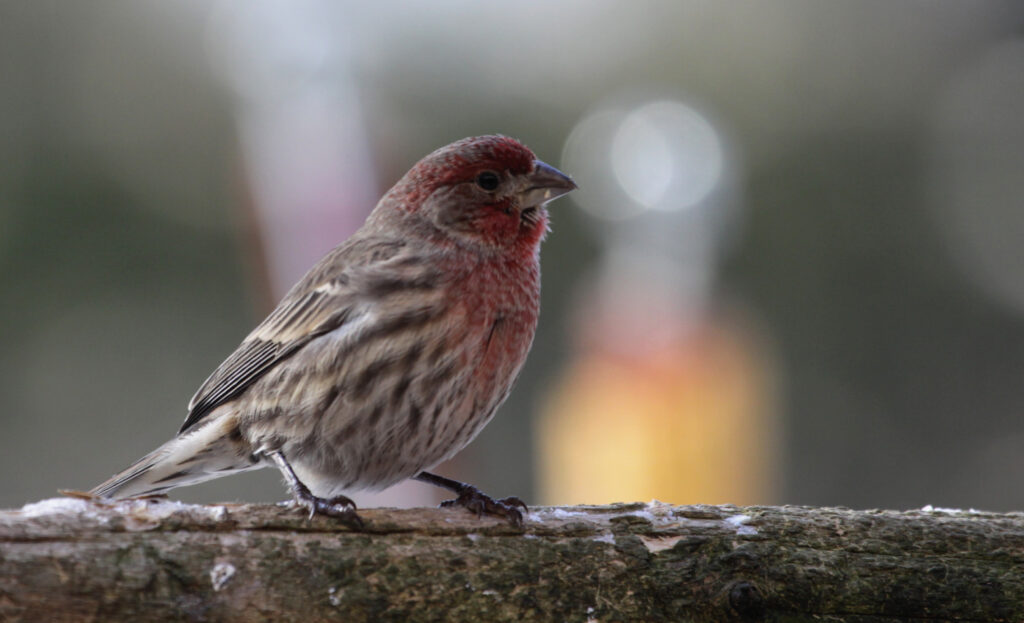
For most of the United States, the House Finch (Haemorhous mexicanus) is a regular sight in suburban and urban backyards and parks.
Similar in appearance to the Purple Finch, which is to whom they are closely related.
The length of a House Finch is between 4.8 and 5.9 inches, while the length of its wingspan is between 7.5 and 11.5 inches.
Their heads, necks, and breasts are brilliant red, while their backs, wings, and tails are dark brown.
The House Finch is a frequent feeder at home because it likes the flavor of Nyjer seeds.
Large numbers of these birds may be observed in the spring and summer, and their raspy, upbeat singing can be heard almost everywhere.
3. Purple Finch
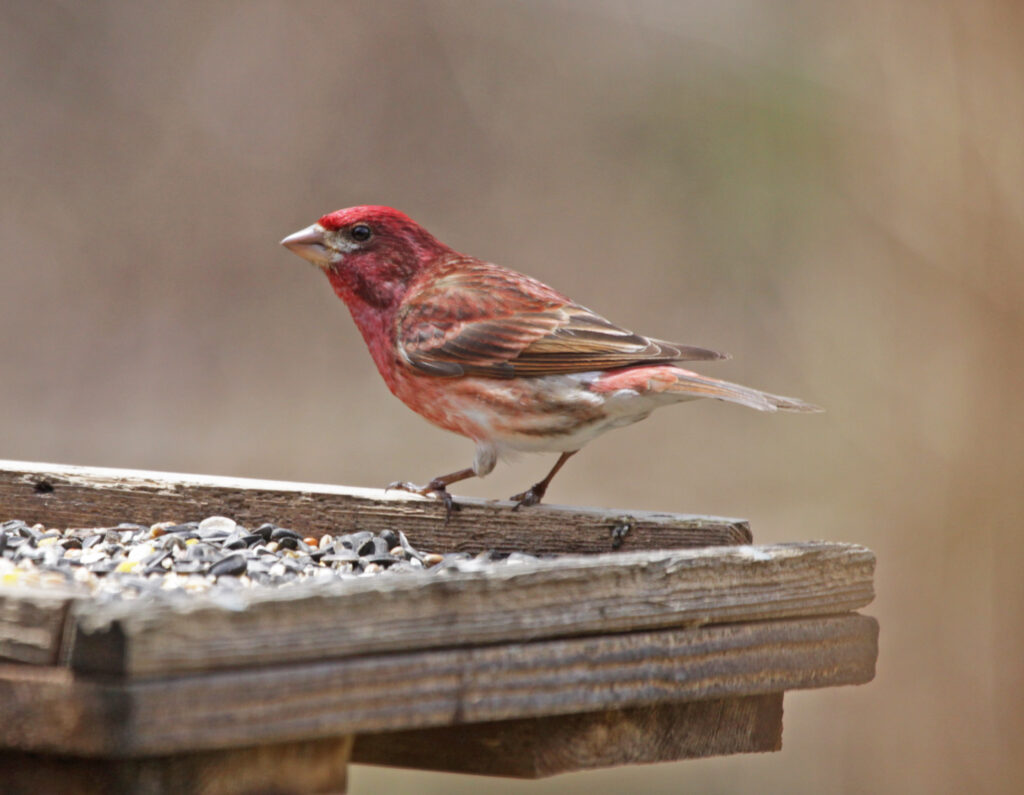
Haemorhous purpureus, also known as the Purple Finch, is a tiny songbird common over most of Canada and the United States.
As their name suggests, these bright birds are related to (and resemble) the common House Finch.
The body length of a Purple Finch is between 4.7 and 5.8 inches, and its wing span is between 7.9 and 10.0 inches.
The head and breasts are brilliant red, while the wings and tail are dark brown.
One of the most popular backyard bird species, the Purple Finch, favors Nyjer seeds.
In the spring and early summer, you could hear a small flock of these birds singing a warbling, upbeat tune.
4. Pine Siskins

Pine Siskins, or Spinus pinus, are little birds that resemble sparrows and may be found in both North America and Eurasia.
These birds are distinguished by their unusual light brown plumage, black hood, yellow wing and tail patches, and white streaking down the sides.
Small in size, the Pine Siskin averages 5.5 inches in length and has a wing span of 7.5 to 9.2 inches.
They use their massive, conical bills to smash open seeds, and they are partial to Nyjer seeds.
In the spring and the summer, you could hear a small flock of these birds singing a loud, upbeat tune.
5. American Tree Sparrow

The little, sparrow-like American Tree Sparrow (Spizella arborea) may be seen over most of the United States and Canada.
These unusual birds are mostly brown and gray, with white eyebrows and black stripes on the head, wings, and back.
With a length of 4.5 to 5.8 inches and a wingspan of 7.9 to 10.5 inches, the American Tree Sparrow is a little bird.
They use their massive, conical bills to smash open seeds, and they are partial to Nyjer seeds.
In the spring and summer, you could hear a small group of these birds singing a chirpy, upbeat tune.
6. Common Redpoll

Throughout most of the United States and Canada, you may see the Common Redpoll, or Carduelis flammea, a little, finch-like bird.
These birds stand out with their reddish-brown bodies, blackheads, and whitetails.
With a length of 4.3 to 5.5 inches and a wingspan of 7.3 to 9.1 inches, the Common Redpoll is a little bird.
They use their massive, conical bills to smash open seeds, and they are partial to Nyjer seeds.
In the spring and early summer, you could hear a small flock of these birds singing a squeaky, upbeat tune.
7. American Pipit

Across most of the United States and Canada, you may see the little, sparrow-like American Pipit (Anthus rubescens).
These birds have a distinctive beige-brown hue with a light grayish head, white neck, and black bands on the back and wings.
The length of an American Pipit is between 4.7 and 6.0 inches, while the width of its wings is between 7.9 and 9.8 inches.
They use their massive, conical bills to smash open seeds, and they are partial to Nyjer seeds.
Small groups of these birds are fairly uncommon, and their gentle, upbeat singing may be heard all over the place throughout the summer and spring months.
8. White-throated Sparrow

Across most of the United States and Canada, you may see the White-throated Sparrow (Zonotrichia albicollis), a tiny, sparrow-like bird.
These birds are distinguished by their gray and white plumage, white neck, and black and white striped head.
The White-throated Sparrow has a length of 4.0 to 6.1 inches and a wingspan of 6.0 to 10.3 inches.
They use their massive, conical bills to smash open seeds, and they are partial to Nyjer seeds.
These birds often gather in small groups, and their upbeat, melodious singing may be heard all around throughout the spring and summer.
9. Red-breasted Nuthatch

A little bird with a woodpecker-like appearance, the Red-breasted Nuthatch (Sitta canadensis) is widespread over the northern parts of both the United States and Canada.
These birds stand out from the crowd with their distinct gray and white plumage, black crown, white face, and red chest.
Small in size, the Red-breasted Nuthatch is between 4.3 and 5.5 inches in length and 7.5 and 11.6 inches in wingspan.
They use their massive, conical bills to smash open seeds, and they are partial to Nyjer seeds.
In the spring and summer, you could hear a small group of these birds singing a chirpy, upbeat tune.
10. Dark-eyed Junco

A little, sparrow-like bird, the Dark-eyed Junco (Junco hyemalis), may be found in both the United States and Canada.
These birds are distinguished by their unusual gray and white plumage, which is accented by black on the head, white on the neck, and white on the tips of their tails.
Small in size, the Dark-eyed Junco is between 4.3 and 5.5 inches in length and has a wingspan of 7.8 to 9.21 inches.
They use their massive, conical bills to smash open seeds, and they are partial to Nyjer seeds.
In the spring and summer, you could hear a small flock of these birds singing a tuneful, upbeat melody.
11. Evening Grosbeak

The Evening Grosbeak, or Coccothraustes vespertinus, is a big finch-like bird that lives over most of the United States and Canada.
Bright yellow may be seen on the bird’s head and breast, while the wings and tail are black, giving this species its distinctive appearance.
The wingspan of an Evening Grosbeak is 10.6 to 13.8 inches, while its body length ranges from 5.5 to 7.11 inches.
They use their massive, conical bills to smash open seeds, and they are partial to Nyjer seeds.
Small groups of these birds are prevalent throughout the summer and spring months, and their loud, upbeat singing may be heard almost everywhere.
12. Pine Grosbeak

The Pine Grosbeak, or Pinicola enucleator, is a big finch-like bird that inhabits most of the northern United States and Canada.
These birds stand out from the crowd with their gray and pink plumage, particularly their pink head, gray wings, and white rump.
The wingspan of a Pine Grosbeak is 10.2 to 13.9 inches, and its body length ranges from 5.5 to 7.6 inches.
They use their massive, conical bills to smash open seeds, and they are partial to Nyjer seeds.
In the spring and summer, you could hear a small flock of these birds singing a tuneful, upbeat melody.
13. Red Crossbill

Across most of the United States and Canada, you may see the Red Crossbill (Loxia curvirostra), a big, finch-like bird.
Distinguished by its red head and black body, the flamingo is a beautiful species of bird.
Despite its name, the Red Crossbill is not a little bird at 5.5 – 7.5 inches in length and 10.2–13.8 inches in wingspan.
They use their massive, conical bills to smash open seeds, and they are partial to Nyjer seeds.
In the spring and summer, you may often hear these birds singing their raspy, upbeat song.
14. Cassin’s Finch

The Cassin’s Finch, or Haemorhous cassinii, is a big, finch-like bird that lives over most of the United States and Canada.
These unusual birds are mostly pink on the head, with gray wings and tails and a white rump.
Cassin’s Finches are large birds, reaching between 5.5 and 7.5 inches in length and with a wing span between 10.2 and 13.4 inches.
They use their massive, conical bills to smash open seeds, and they are partial to Nyjer seeds.
Small groups of these birds are fairly uncommon, and their gentle, upbeat singing may be heard all over the place throughout the spring and summer.
15. Lapland Longspur

Across most of the United States and Canada, you may see the Lapland Longspur (Calcarius lapponicus), a tiny, sparrow-like bird.
These birds are striking gray and black, with a black head, white neck, and yellow spots on the wings and tail.
The length of a Lapland Longspur is between 4.7 and 5.9 inches, while the width of its wings is between 7.9 and 12.5 inches.
They use their massive, conical bills to smash open seeds, and they are partial to Nyjer seeds.
In the spring and summer, you could hear a small flock of these birds singing a loud, upbeat tune.
Benefits of Nyjer Seeds for Birds
1. High Nutritional Value
Nyjer seeds are rich in oils, proteins, and other essential nutrients that birds need to maintain good health and energy levels.
2. Attractiveness to Finches and other Small Birds
The small size of Nyjer seeds makes them perfect for attracting small birds like finches, siskins, and redpolls, which can be a delight to watch in your backyard.
3. Energy Source during Winter Months
In colder months, when food is scarce, Nyjer seeds can provide an important source of energy for birds that need to maintain their body temperature.
4. Low Waste
Because Nyjer seeds are small and easy to eat, they produce less waste than other bird foods, which can help keep your bird feeding area clean.
5. Less Attraction to Unwanted Birds
Nyjer seeds are less attractive to larger birds like pigeons and grackles, which can help keep them away from your bird feeder and prevent them from consuming all of the bird food.
Overall, Nyjer seeds are an excellent addition to any bird feeding program and can help attract a diverse range of bird species to your backyard.
Conclusion
In conclusion, the 15 bird species we’ve discussed in this article are just a few of the many birds that enjoy feeding on Nyjer seeds.
These tiny black seeds are highly nutritious and provide birds with essential fats and proteins.
If you’re an avid bird watcher, adding Nyjer seeds to your bird feeder is an excellent way to attract a diverse range of species to your backyard.
From the bright yellow gold finches to the colorful finches and siskins, Nyjer seeds can bring a delightful array of feathered friends right to your doorstep.
So, next time you’re out shopping for bird food, remember to stock up on Nyjer seeds and enjoy the beauty of nature from the comfort of your home.
FAQ
What are Nyjer seeds, and where do they come from?
Nyjer seeds, also known as thistle seeds, are tiny black seeds that come from a plant called Guizotia abyssinica, which is native to Ethiopia and India. Nyjer seeds are now grown in many countries and are widely used as bird food.
Why are Nyjer seeds popular with birds?
Nyjer seeds are high in fat and protein, making them an excellent food source for birds. They are also small and easy to eat, which is ideal for smaller bird species like finches and sparrows.
Which bird species are known to feed on Nyjer seeds?
Many bird species enjoy feeding on Nyjer seeds, including goldfinches, siskins, redpolls, house finches, purple finches, pine siskins, American goldfinches, and more.
Can Nyjer seeds attract unwanted birds to my backyard?
Generally, Nyjer seeds do not attract unwanted birds like pigeons, crows, and grackles. These birds tend to prefer larger seeds and are less interested in the small size of Nyjer seeds. However, it is always a good idea to keep your bird feeder clean to avoid attracting rodents or other pests.
How should I store Nyjer seeds?
Nyjer seeds should be stored in a cool, dry place, preferably in an airtight container to prevent moisture or pests from getting in. Storing Nyjer seeds in a refrigerator or freezer can also help preserve their freshness.
Can I mix Nyjer seeds with other bird foods?
Nyjer seeds can be mixed with other bird foods like sunflower seeds, but it’s important to ensure that the bird feeder can dispense both types of seeds effectively. Mixing Nyjer seeds with other bird foods can attract a wider variety of bird species to your backyard.
Last Updated on April 8, 2023 by Lily Aldrin
